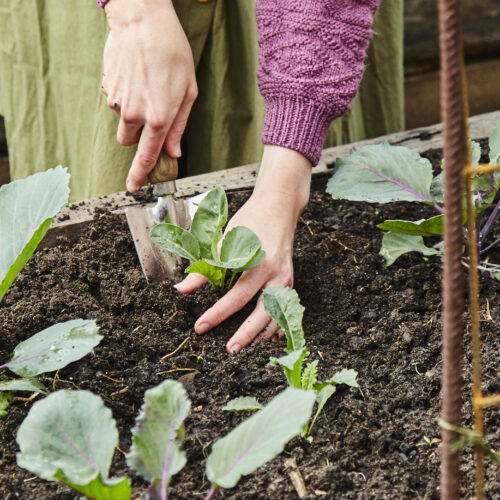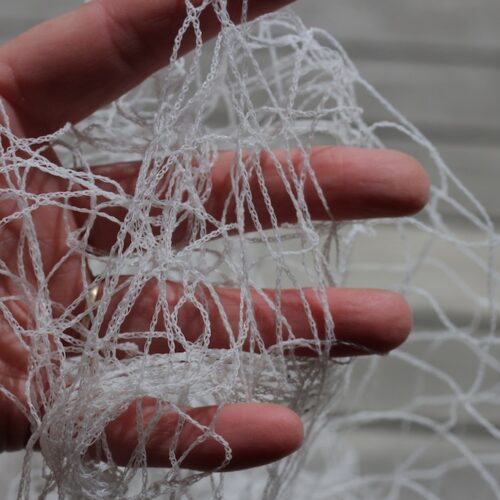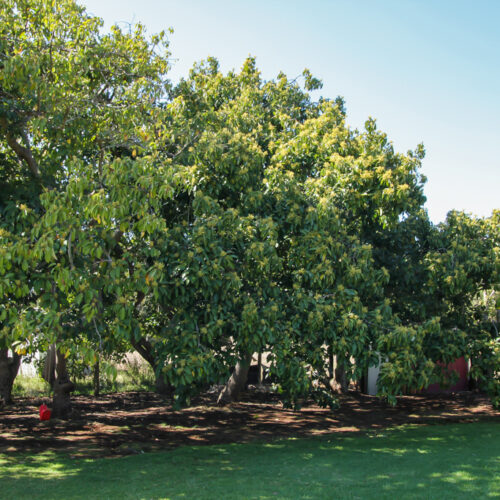Citrus: how to carry out winter maintenance
2011-07-25T02:11:34+10:00
Citrus have provided us with a bumper crop of organic fruit again this season. So what now? PHIL DUDMAN shares his tips for pruning, spraying and fertilising in preparation for another productive year ahead.
What always amazes me about citrus is their incredibly hard working nature – I’m looking out at my trees now, and while they are still laden with fruit, some are already flowering and setting themselves up for the next crop. They just don’t quit!
Such selfless giving beings they are, they sure deserve some pampering, and right now is the time to get in and give them back some lovin’.
Pruning
- Start by removing any dead or diseased wood
- If you see any galls (pictured) remove them too. Don’t worry about the old ones with the pin holes further down the stem. The baby gall wasps have already left the nest
- Trim off any low growth below one metre from the ground – that will increase air flow around the base and reduce the spread of disease organisms that can splash from the soil up into the canopy
- If your tree is getting too tall (over 3m), prune to reduce the height. Don’t give it an all over trim – you’ll cut off all the flowering wood, which means no fruit. Just cut back 2-3 long stems this year – reasonably hard – and follow up next season by taking out a few more.
Pests
- Take this opportunity to get on top of scale insects – spray the leaves top and bottom, and the stems with an oil based spray. Follow up once a month for the next 3 months.
- White louse scale found on the trunk and branches can be quite persistent. Try spraying with lime sulphur.
- Look out for aphids on new growth and flower buds. A quick spay with soapy water will sort them out. Check trees every few days.
Disease
- If you’ve had trouble with lumps on your lemons (citrus scab) or brown spots on your mandarins, spray with a copper based fungicide at half petal drop
Fertilise
- This is an important feeding time for citrus – spread up to one kg of pelletised chook manure per square metre around the drip zone and water it in well
Mulch
- Cover the drip zone with a generous cover of straw as well as any compost you can spare
Get into yer citrus!
PHOTO: PHIL DUDMAN





